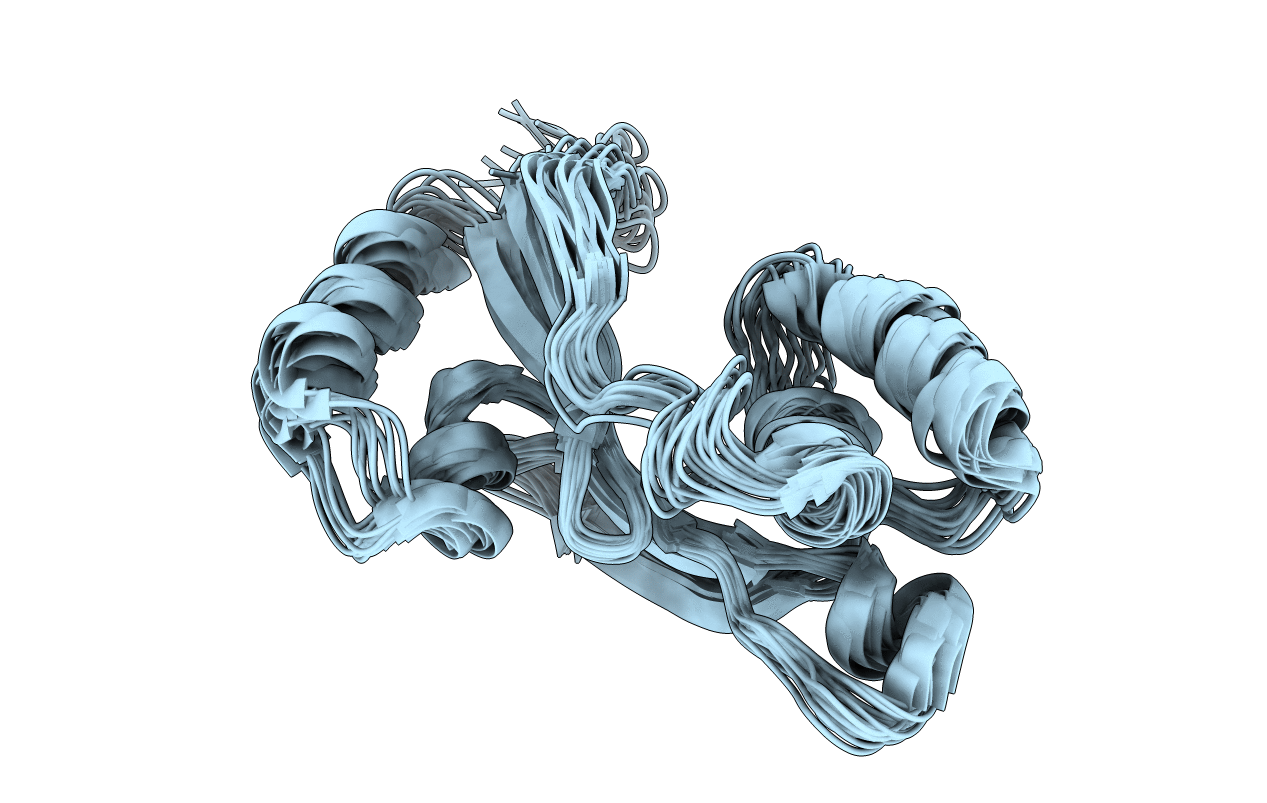
Deposition Date
2009-10-03
Release Date
2010-12-15
Last Version Date
2024-05-22
Entry Detail
PDB ID:
2KOY
Keywords:
Title:
Structure of the E1064A mutant of the N-domain of Wilson Disease Associated Protein
Biological Source:
Source Organism:
Homo sapiens (Taxon ID: 9606)
Host Organism:
Method Details:
Experimental Method:
Conformers Calculated:
1000
Conformers Submitted:
20
Selection Criteria:
structures with the lowest energy


